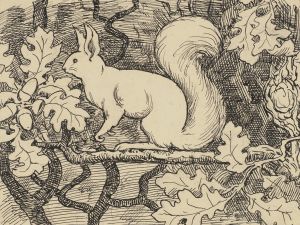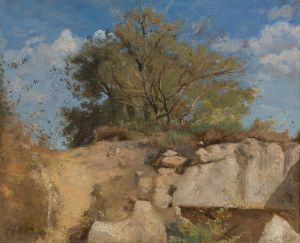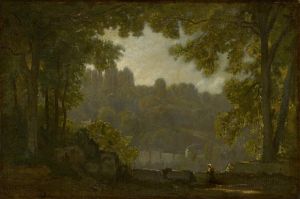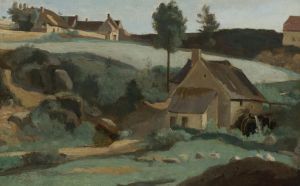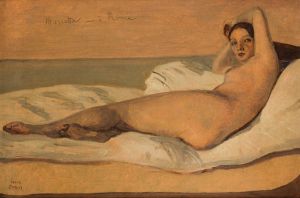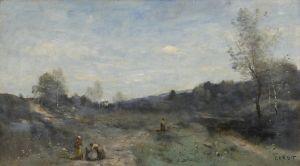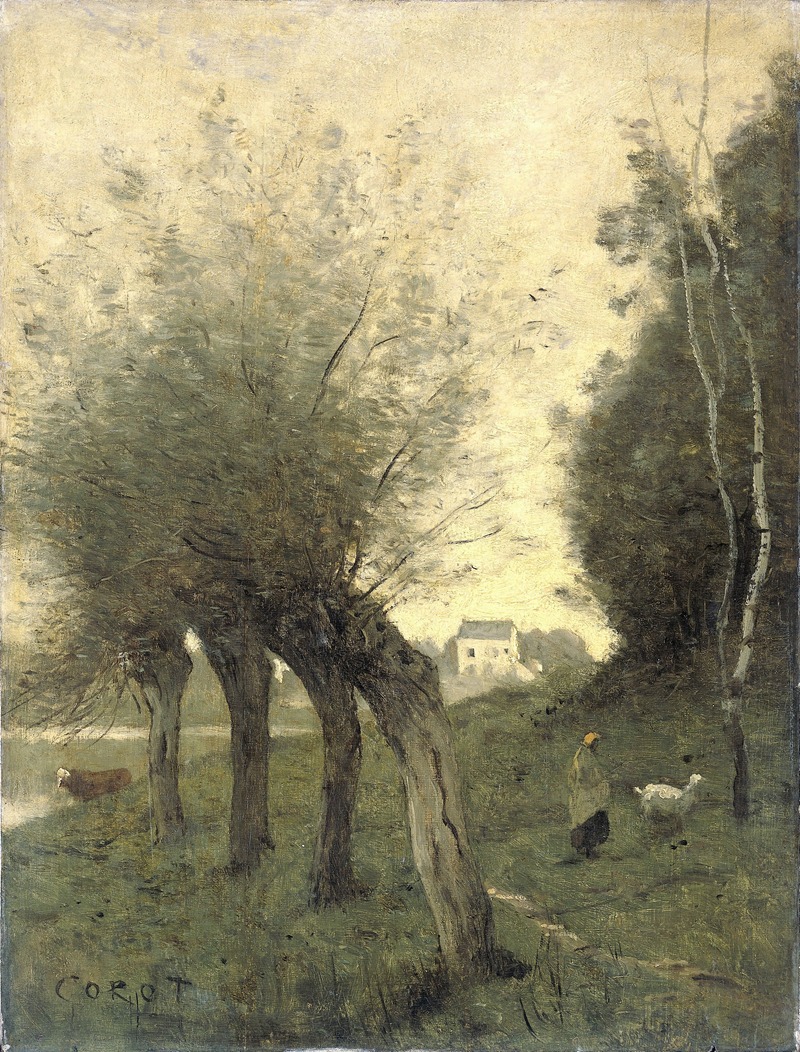
Landscape with Pollard Willows
A hand-painted replica of Jean-Baptiste-Camille Corot’s masterpiece Landscape with Pollard Willows, meticulously crafted by professional artists to capture the true essence of the original. Each piece is created with museum-quality canvas and rare mineral pigments, carefully painted by experienced artists with delicate brushstrokes and rich, layered colors to perfectly recreate the texture of the original artwork. Unlike machine-printed reproductions, this hand-painted version brings the painting to life, infused with the artist’s emotions and skill in every stroke. Whether for personal collection or home decoration, it instantly elevates the artistic atmosphere of any space.
"Landscape with Pollard Willows" is a painting by the renowned French artist Jean-Baptiste-Camille Corot, who is celebrated for his significant contributions to landscape painting in the 19th century. Corot was a pivotal figure in the transition from the Neo-Classical tradition to the plein-air practices that would later influence the Impressionists. His works are characterized by their delicate balance between realistic depiction and poetic interpretation of nature.
The painting "Landscape with Pollard Willows" exemplifies Corot's mature style, where he skillfully blends elements of realism with a lyrical sensibility. The artwork captures a serene rural scene, featuring pollard willows, which are trees that have been pruned to promote a dense head of foliage. This technique was commonly used in Europe to produce wood for various purposes, such as fuel or fencing, and the presence of these trees in Corot's painting reflects the agricultural practices of the time.
Corot's approach to landscape painting was deeply influenced by his travels throughout Europe, particularly his visits to Italy, where he was inspired by the country's light and classical landscapes. However, "Landscape with Pollard Willows" is likely set in the French countryside, as Corot often drew inspiration from the rural areas surrounding Paris and other regions in France. His ability to capture the subtle nuances of light and atmosphere is evident in this painting, where the soft, diffused light creates a tranquil and contemplative mood.
The composition of "Landscape with Pollard Willows" is carefully structured, with the willows serving as a focal point that draws the viewer's eye into the scene. Corot's use of a limited color palette, dominated by earthy tones and muted greens, enhances the painting's harmonious and understated beauty. The brushwork is delicate and precise, yet it conveys a sense of spontaneity and naturalness that is characteristic of Corot's best works.
Corot's landscapes often convey a sense of timelessness and universality, and "Landscape with Pollard Willows" is no exception. The painting invites viewers to pause and reflect on the quiet beauty of the natural world, a theme that resonates throughout Corot's oeuvre. His ability to evoke emotion through landscape painting has earned him a lasting place in art history, and his works continue to be celebrated for their poetic and evocative qualities.
While specific details about the creation and provenance of "Landscape with Pollard Willows" may not be extensively documented, the painting remains an important example of Corot's artistic legacy. It reflects his mastery of landscape painting and his influence on subsequent generations of artists, including the Impressionists, who admired his ability to capture the fleeting effects of light and atmosphere.
In summary, "Landscape with Pollard Willows" by Jean-Baptiste-Camille Corot is a testament to the artist's skill in portraying the serene beauty of the natural world. Through his delicate brushwork and subtle use of color, Corot creates a scene that is both realistic and imbued with a sense of poetic tranquility. The painting stands as a significant work within Corot's body of art, exemplifying his contribution to the development of modern landscape painting.







